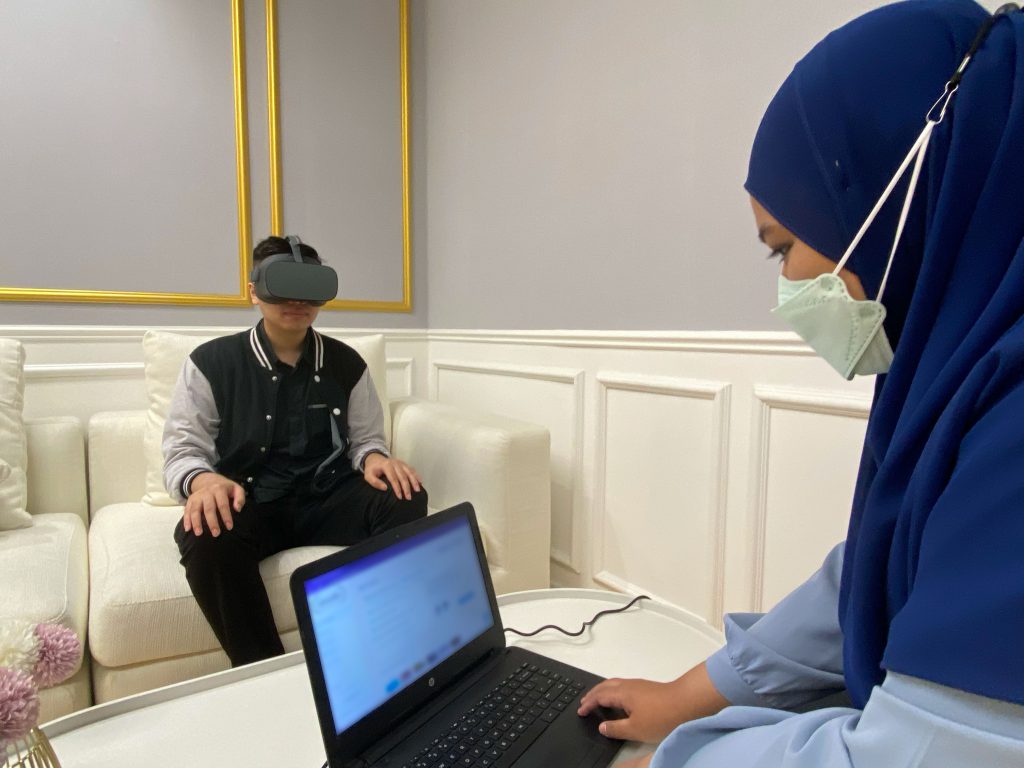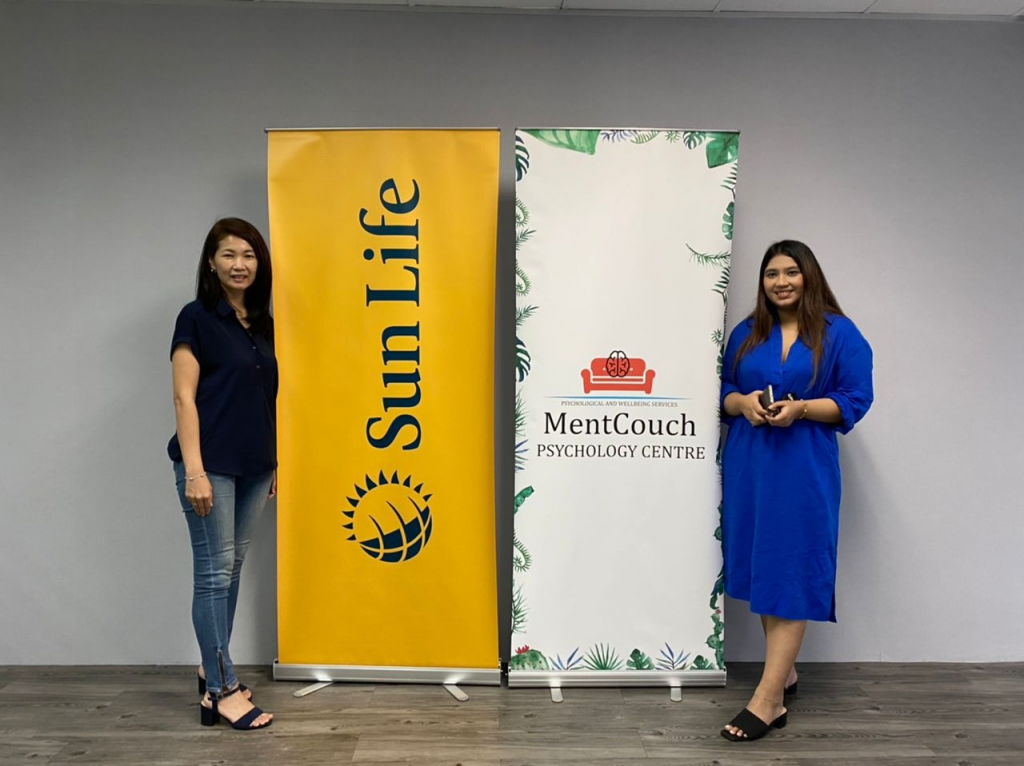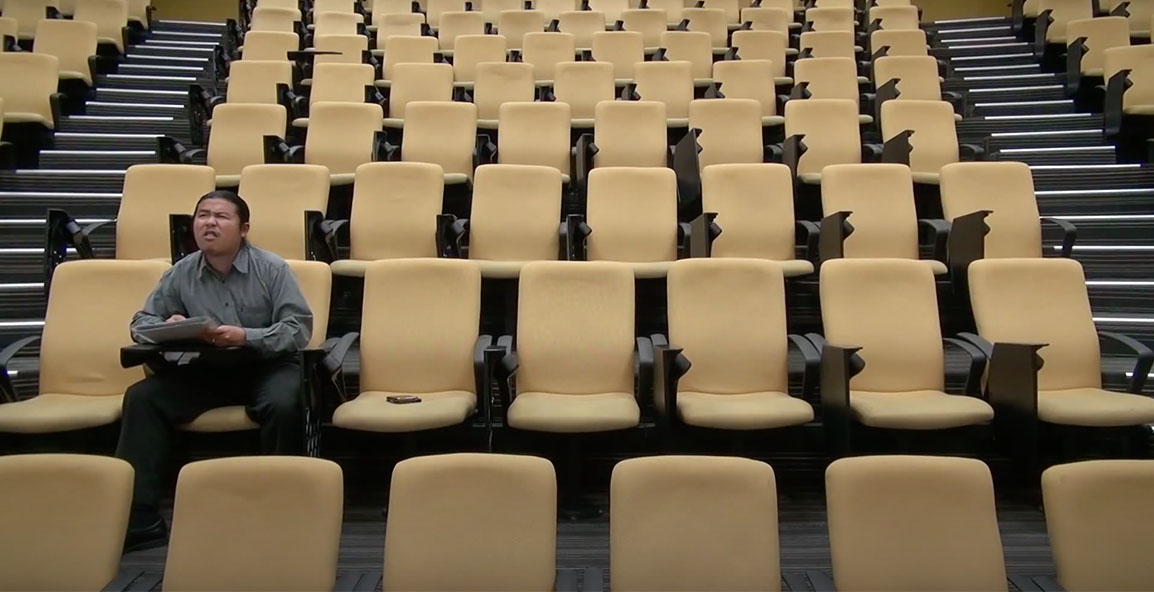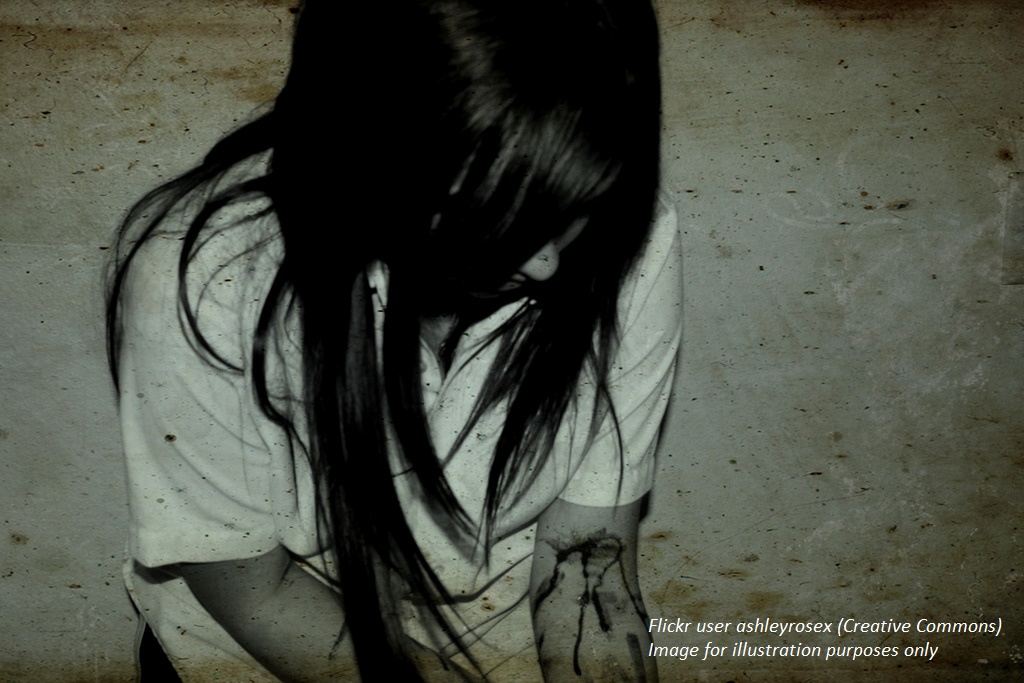From cockroaches to public speaking, this VR therapy helps Malaysians cure their phobias

- 238Shares
- Facebook210
- Twitter6
- LinkedIn4
- Email4
- WhatsApp14
When we think of virtual reality (VR), we usually think of video games. But as technology gets more and more sophisticated, we’re starting to see it being implemented in more and more fields, such as education, healthcare, sports… heck, name it and there’s probably someone out there who’s used VR for it.

And yes, while it is undoubtedly fun to be able to give someone a virtual wet willy, there’s actually a whole ocean of untapped potential for VR technology in the mental health field. So, when we got a media invitation from our friends at Sun Life Malaysia to try out VR exposure therapy at Mentcouch Psychology Centre as part of their Brighter Wellness Programme 2022, we jumped at the chance.
But what does Sun Life Malaysia, an insurance company, have to do with mental health, you might ask? Well, according to them:
“”Our goal is to help people live healthier lives. It goes beyond physical; it includes financial and mental. So, it (MentCouch’s goal) aligns with ours.” – Tricia Loh, Head of Brand and Communications, Sun Life Malaysia
The VR service is offered by MentCouch, and is the first of its kind in Malaysia
Made up of a team of qualified psychologists, MentCouch offers various psychotherapy services, but VR is something relatively new for them. Designed in the 90s to treat Vietnam War veterans’ PTSD, VR therapy is more common in the West, but it’s used more as a relaxation and mindfulness method in Asia. As the pioneers of VR exposure therapy in Malaysia, MentCouch hopes to start a VR therapy revolution here:
“We try to stay as fluid as possible and introduce new things to the Malaysian/Asian community.” – Justin Kung, Managing Director of MentCouch

MentCouch uses VR to help facilitate exposure therapy, which, as the name suggests, exposes you to something repeatedly until you get used to it. There are obvious perks to treating traumas or phobias in this way, as it’s much safer for the client, and is often less expensive than actually exposing them to the real thing:
“VR therapy puts clients in a 3D environment, but they are always in control of the situation, and they can stop whenever they want.” – Justin Kung
Well, there was only one way to find out: it was time to put the headset on.
The therapist provided us a whole list of phobias to choose from
Yes, once we were sat nice and comfortable in MentCouch’s cozy sofa, we had to pick a phobia from a entire ‘menu’, which was actually quite extensive. The list is as follows:
1. Driving phobia (Amaxophobia)
2. Height phobia (Acrophobia)
3. Flying phobia (Aerophobia)
4. Animal and Insect phobia (Cats, Dogs, Spiders, Pigeons, cockroaches)
5. Tight spaces phobia (claustrophobia)
6. Cleanliness (Mysophobia; think OCD people)
7. Fear of exams (Examinophobia)
8. Fear of Medical appointments (blood and MRI scan) (Iatrophobia)
9. Social Anxiety
But the ones that intrigued us the most? Public speaking and social situations, which, according to Mentcouch psychologist Abdul Raouf, are the most common phobias Malaysians seek treatment for. Interestingly, there’s even a ‘chatting in a bar’ setting (mainly teaching you how to talk to friends and waiters), which we tried! What we can say is that the level of detail of the virtual world, while nowhere near a PS5’s 4K-graphics level, is certainly still enough to suspend disbelief.
We even got to watch one of our fellow media people take part in a public speaking scenario. What’s cool about VR therapy is that everyone else in the room can see everything that the patient can see via a computer screen, so we watched in wide-eyed fascination as our brave friend faced a virtual crowd in a virtual auditorium.

Once the session began, Raouf, as the in-house therapist, began showing off some of the features of the VR software. Much like The Director from Left 4 Dead 2, the therapist has full control of the virtual environment, and can adjust the settings as he/she sees fit. For instance, at the press of a button, the patient can be exposed to negative reactions from the crowd, such as a difficult question from a virtual audience member, yawns from the crowd, and even audience members getting up and leaving the hall.
The therapist will also monitor the patient’s distress levels (ranked 1-10) by asking them at various points during the session. Thankfully, through guidance from Raouf, and some virtual audience applause as a ‘reward’, our media friend was able to reduce her distress level by the end of the exercise.
With that being said…
VR therapy is meant as a continuous exercise, rather than a one-off solution
According to our friends at MentCouch, VR therapy is more effective when done multiple times, depending on the severity of the phobia/trauma. For instance, someone deathly afraid of cockroaches could start off on ‘easy mode’ (i.e. smaller-sized and less number cockroaches), before the therapist cranks up the difficulty (i.e. larger cockroaches, releasing them from their cage, making them crawl up the patient’s virtual hand, etc.).
“It’s not meant to be a one-time use; you need to come for a few sessions to achieve ‘flow’.” – Tanjina Ashraf Khan Mou, Founder & Executive Director of MentCouch

And while VR therapy has been shown to be safe for most, MentCouch does not recommend it for certain people:
“It’s not for people with motion sickness or epilepsy. We don’t recommend it for children under 13, as studies on rats have shown that exposure to VR can affect their spacial intelligence.” – Abdul Raouf
But how effective is it really? Well, while studies are limited (as it’s still quite new), those that have been done show that it does work:
“The most recent study, incorporated with 200 other studies, showed that VR is more effective than conventional methods, because you can fully immerse yourself in the environment, and is more efficient.” – Tanjina Khan
VR therapy is still mostly unknown here, but it could be the next big thing
When we asked if the government had provided any kind of support for the VR program, MentCouch told us no, but the Health Ministry has expressed desire to try it out for themselves. Though it is still largely unknown to the public, MentCouch says that the problem is not so much the VR itself, but in the public perception towards therapy and mental health services as a whole:
“When you mention therapy, there is still a stigma. If more people know about it, if they find out that it’s a fun and relaxing thing, they might be more interested to try.” – Tanjina Khan

But if what we saw is anything to go by, we believe that it’s only a matter of time before VR therapy becomes the next revolution in mental health services here:
“Just like how in gaming, controllers replaced keypads, now we have VR headsets… Within the next 10 years, it will become more common and advanced as an option.” – Justin Kung
Special thanks to Sun Life Malaysia and MentCouch Psychology Centre for giving us the opportunity to try VR therapy.
- 238Shares
- Facebook210
- Twitter6
- LinkedIn4
- Email4
- WhatsApp14



